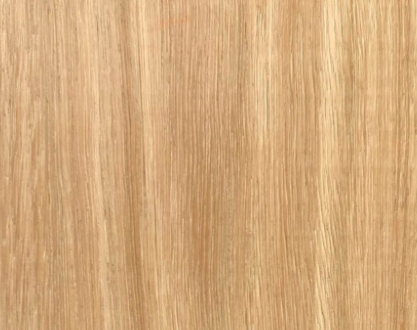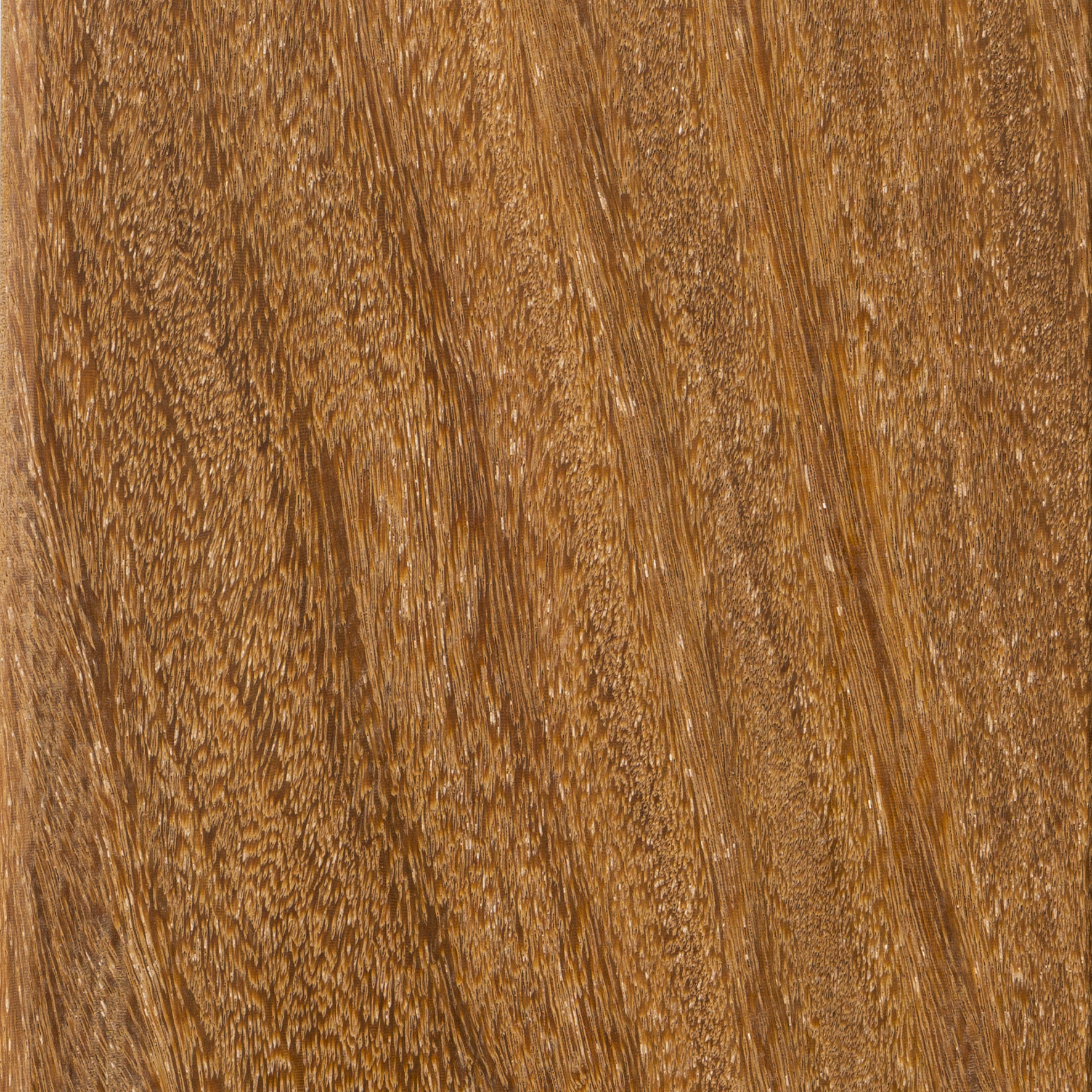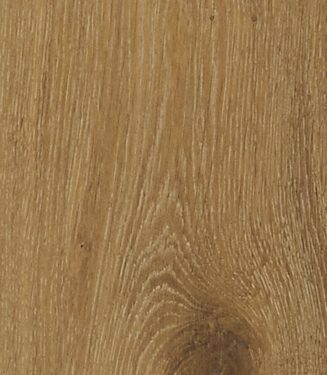
Why Does Timber Leach and How Can It Be Prevented
Natural timber is used in design for many sustainable reasons.
However, it is important to understand some timber do leach tannins.
Timber can leach due to several reasons, which are primarily
related to its natural properties and environmental exposure.
Here’s why timber leach.
Natural Extractive
Exposure to Moisture
Chemical Treatments
pH Levels and Environmental Factors
Wood Species
How to mitigate leaching of timber
Article By Charlton Cooper
| 14 June 2024
Charlton Cooper
Head of Projects
Charlton is a seasoned advisor in construction and design, collaborating with builders, developers, and architects to deliver exceptional projects. With extensive experience as a head of projects, Charlton combines deep knowledge of natural timber, aluminium, and concrete to provide innovative and inspiring design solutions.













